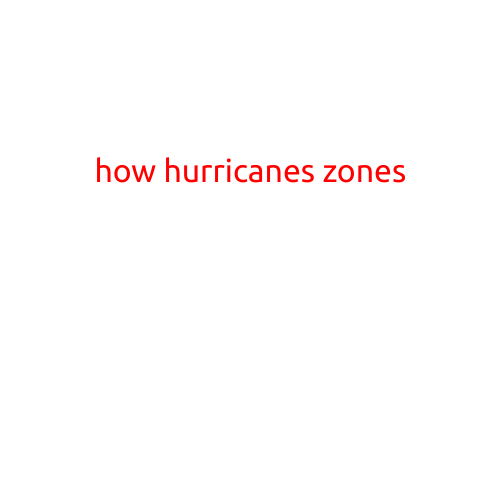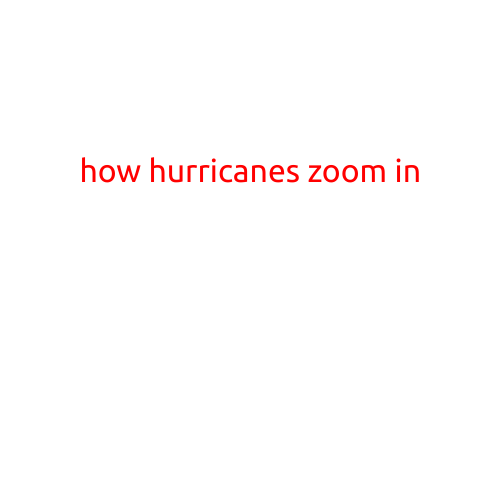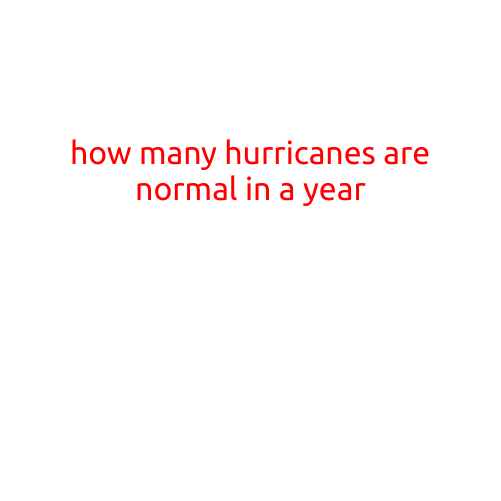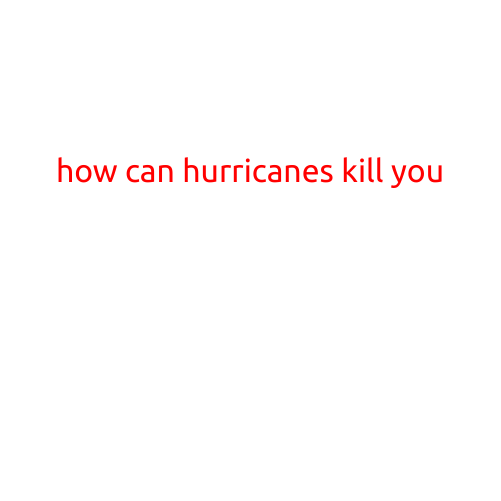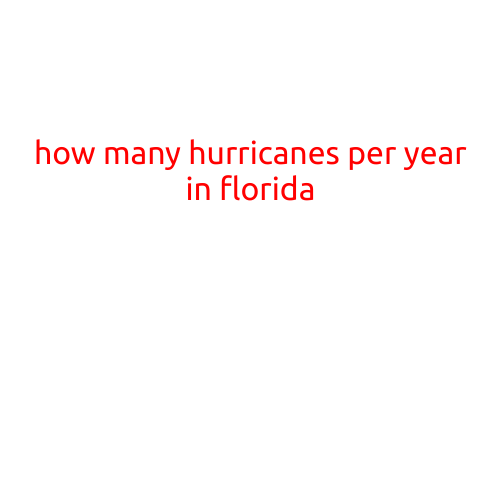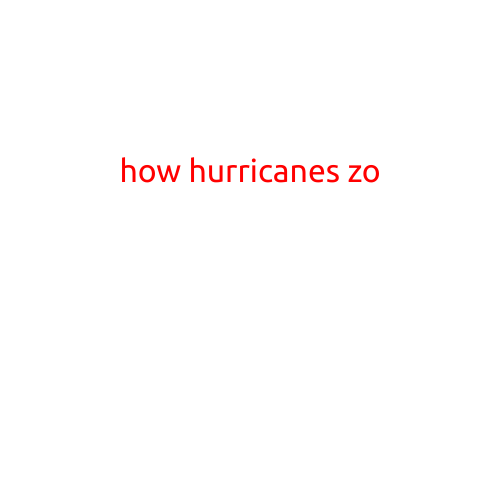
How Hurricanes Form: A Step-by-Step Guide
Hurricanes are powerful and destructive natural disasters that can have a significant impact on coastal communities. But have you ever wondered how these massive storms form? In this article, we’ll take a step-by-step approach to understand the process of hurricane formation.
Step 1: Warm Ocean Waters
Hurricanes need warm ocean waters to form and sustain themselves. The warm waters heat the air above them, causing it to rise and create an area of low pressure. The Coriolis force, a result of the Earth’s rotation, then affects the movement of the air, causing it to spin.
Step 2: Moisture-Rich Air
In addition to warm ocean waters, hurricanes also need moisture-rich air to form. The warm air rises and cools, condensing into water vapor. As the air continues to rise, the water vapor condenses further, forming clouds and releasing heat.
Step 3: Low Pressure Systems
The combination of warm ocean waters and moisture-rich air creates an area of low pressure near the surface of the ocean. This area of low pressure is known as a tropical disturbance.
Step 4: Wind Shear
For a tropical disturbance to develop into a hurricane, it needs to be in an area with low wind shear. Wind shear is a change in wind direction and speed with height. If the wind shear is too high, it can disrupt the formation of the hurricane.
Step 5: Tropical Depression
As the tropical disturbance continues to develop, it becomes a tropical depression. A tropical depression is a rotating system of clouds and thunderstorms that is sustained by the heat and moisture from the ocean. A tropical depression has maximum sustained winds of less than 39 mph.
Step 6: Tropical Storm
If the tropical depression continues to strengthen, it becomes a tropical storm. A tropical storm has maximum sustained winds of between 39-73 mph. At this stage, the storm begins to take on a more defined shape, with a rotating center and a curved shape.
Step 7: Hurricane
The final stage of hurricane formation is when the tropical storm strengthens into a hurricane. A hurricane has maximum sustained winds of 74 mph or higher. At this stage, the storm’s rotation becomes more intense, and its distance from the center becomes more uniform.
Conclusion
In conclusion, hurricanes form through a complex process involving warm ocean waters, moisture-rich air, low pressure systems, and favorable wind conditions. Understanding how hurricanes form is crucial for predicting and preparing for these powerful storms. By knowing the steps involved in hurricane formation, we can better understand the risks and take steps to minimize the impact of these devastating storms.
